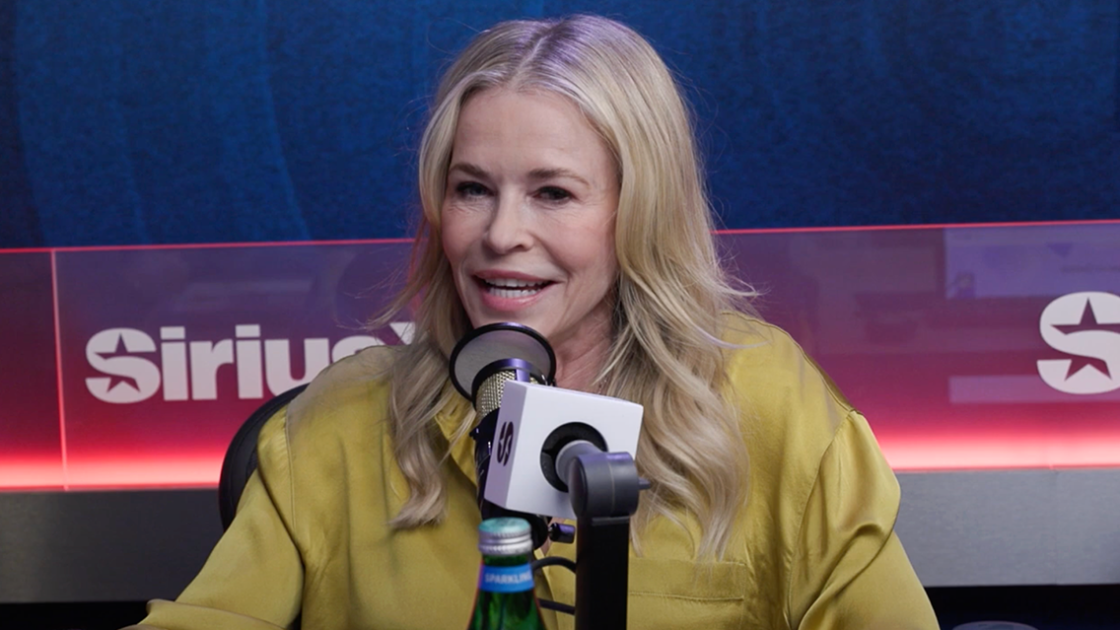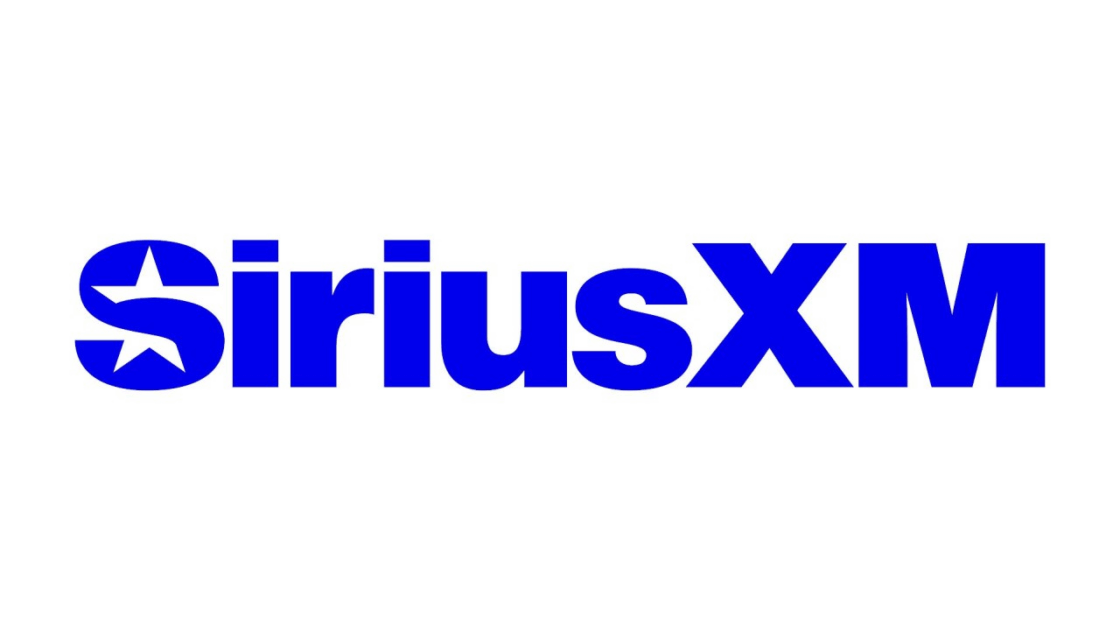
The latest streaming buzz surrounds video podcast licensing and who will dominate the entertainment waves. Netflix is no longer satisfied being just the home of binge-worthy series, original films, and true crime documentaries. The streaming giant is now seriously eyeing the growing world of video podcasts, and they’ve set their sights on SiriusXM as a key partner. If Netflix pulls this off, it could change how and where millions of people experience podcasts.
Why Netflix Cares About Video Podcast Licensing
As reported by The Hollywood Reporter, Netflix has approached SiriusXM to license video versions of several popular podcasts. These aren’t just audio shows with static visuals; they’re filmed, edited, and packaged for full-screen viewing, often featuring big-name hosts and celeb guests. The deal under discussion would give Netflix exclusive licensing rights, meaning those videos would no longer be available on free platforms like YouTube.
Netflix has already dabbled in podcast-style content, but this would mark its first major effort to fold video podcasts into the subscription model. There’s a clear business case: streaming growth has slowed across the industry, and Netflix needs fresh content that attracts new viewers without requiring full-scale production budgets. Licensed video podcasts check all those boxes.
How SiriusXM Fits into Netflix Streaming Strategies

SiriusXM may not be a household name in video, but its podcast division includes shows hosted by Conan O’Brien, Kevin Hart, Andy Cohen, and other high-profile talent. These shows are filmed and edited for visual platforms, making them a natural fit for Netflix, which can easily tap into existing production pipelines.
For SiriusXM, licensing agreements offer a way to expand beyond satellite radio and audio-only platforms. It allows them to monetize content that already exists, reach global audiences, and stay competitive in the ever-evolving media landscape. Video podcast licensing could turn into a new revenue stream overnight.
What This Means for Audiences and Creators
If this deal comes together, viewers will likely start seeing video podcasts show up in their Netflix queue alongside scripted shows and specials. These could be treated like episodic content, available as full seasons, or even spotlights as Netflix “originals” through branding and promotion.
For creators, the trade-off is significant.
The upside? Wider exposure, better funding, and higher production value.
The downside? Exclusivity. Once a show is part of a video podcast licensing deal, it may no longer be available on free platforms like YouTube.
This shift could also mean that fans will need to subscribe to more services to keep up with their favorite shows. What was once freely available in podcast apps or on YouTube may start disappearing behind subscriptions.
The Risks and Rewards

There’s real potential here, but also possible downsides. Not everyone wants to watch podcasts on TV, and not every Netflix subscriber is interested in talk-driven content. Netflix is betting that enough people already treat podcasts like television shows, especially with the rise of podcast clips dominating TikTok and Instagram.
However, if they’ve misread audience behavior, this could end up as a niche feature rather than a game-changer. Netflix has a strong history of identifying trends early, though. They were first to normalize binge-watching, first to elevate foreign-language content to global popularity, and first to make docuseries a top-tier genre. If they’re setting their sights on video podcasting licensing, it’s not a casual experiment.
The Bottom Line
The move for Netflix toward video podcast licensing shows how much the entertainment and creator economies have evolved. Podcasts aren’t staying in the audio lane anymore. They’re becoming fully visual brands, and Netflix is positioning itself as the next big destination for them.
If this deal with SiriusXM becomes official, it won’t just impact two companies. It would reshape how we consume podcasts, how creators distribute them, and how platforms compete for attention. It’s a trend worth tracking closely.
